Galinsoga parviflora – quickweed identification and control
Quickweed, also known as Galinsoga parviflora, is a common native to Central America, but I’ve seen it in many parts of the world, including Connecticut, New Hampshire, Massachusetts, and Vermont.
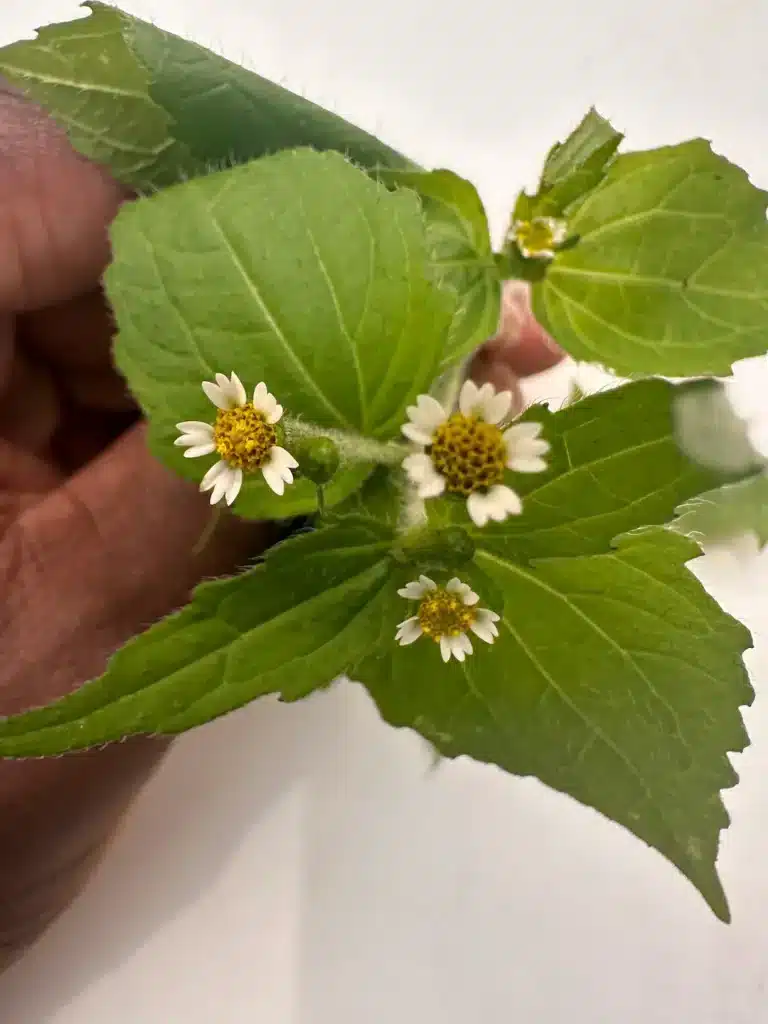
I just spotted Galinsoga parviflora in my kale garden and thought it’d be a good opportunity to show you how to identify and control it. I’ve also discussed some of the little-known yet amazing uses of quickweed.
Let’s dive in.
What is quickweed?
Quickweed (Galinsoga parviflora) is a herbaceous annual weed in the daisy family of plants, native to tropical America, mainly Central and South America. It grows 4 to 24 inches tall and produces small flowers in clusters; each flower with 5, 3-toothed white petals around a yellow center.
Galinsoga parviflora is named after an 18th-century Spanish botanist who introduced the plant in America.
Since the name is hard to remember, most people call the weed gallant soldier, galinsoga, quickweed, potato weed, and lesser quickweed, among many other names.
The name quickweed alludes to the fact that gallant soldier reproduces rapidly. A single plant produces about 7000 seeds, which germinate immediately after dispersal. Therefore, quickweed can have several generations each season, even though it is an annual weed.
The weed spreads rapidly and can take over gardens quickly if not controlled.
Taxonomy
- Division: Magnoliophyta
- Class: Magnoliopsida
- Order: Asterales
- Family: Asteraceae
- Genus: Galinsoga
- Species: Galinsoga parviflora
As per this taxonomic classification, you’ll notice that quickweed belongs to the same family as the sunflower plant. It is also known as the daisy family, which is known for flowers that cluster into flower heads.
Identification
Identifying galinsoga is quite easy. Leaves and flowers are distinct with unique characteristics. I’ve described them alongside photos to help you visually ID the weed in your own garden.
Leaves
The leaves of quickweed have an opposite arrangement, meaning they grow in pairs on opposite sides along the hairy stem. (See photo below).
The leaves are lance-shaped or ovate with toothed edges and are covered in tiny hairs that give them a distinctive fuzzy texture when felt with a finger.
Each leaf has a petiole that attaches it to the stem and a few prominent veins running from the base to the tip. The underside of each leaf shows a clear network of veins that are clearly visible. (See my video below).
Galinsoga leaves are all green, indicating rich nitrogen content.
Stems
The stems are light green, circular in cross-section, and covered in tiny soft hairs. The stems lack any wings or ridges as you can see in the close-up photo I took below.
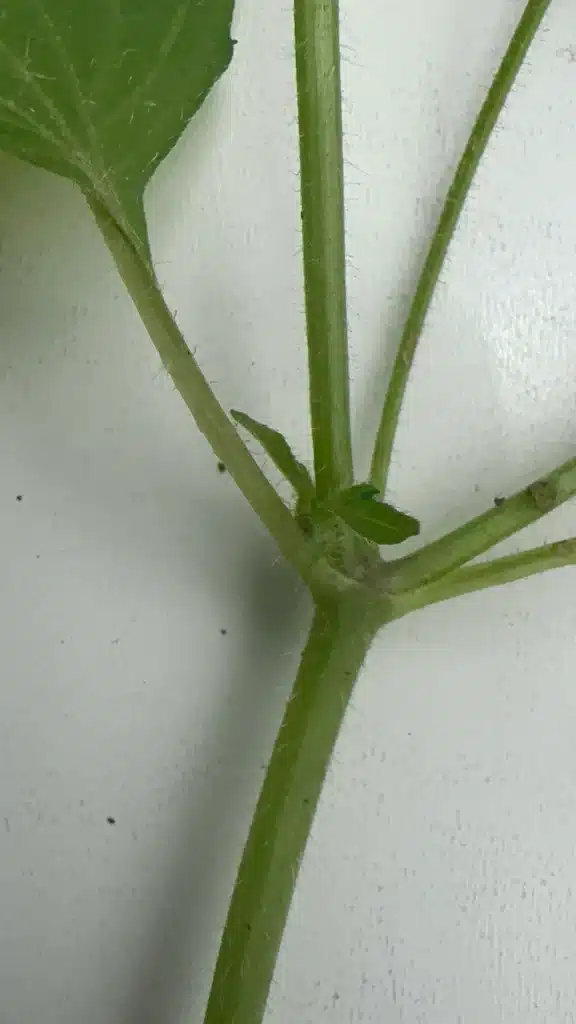
Flowers
Flowers and leaves are the main identifying features of quickweed. I find the weed easier to identify as soon as it enters its flowering stage.
The small daisy-like flowers bloom in clustered groups right at the tips of the hairy stems. Each small flower has 5, 3-toothed white petals surrounding a yellow disk-shaped center.
The petals spread outwards from the yellow center, which contains the reproductive parts of the flower. I tried to zoom in enough so that you can see the structure of the flowers in the photo below.
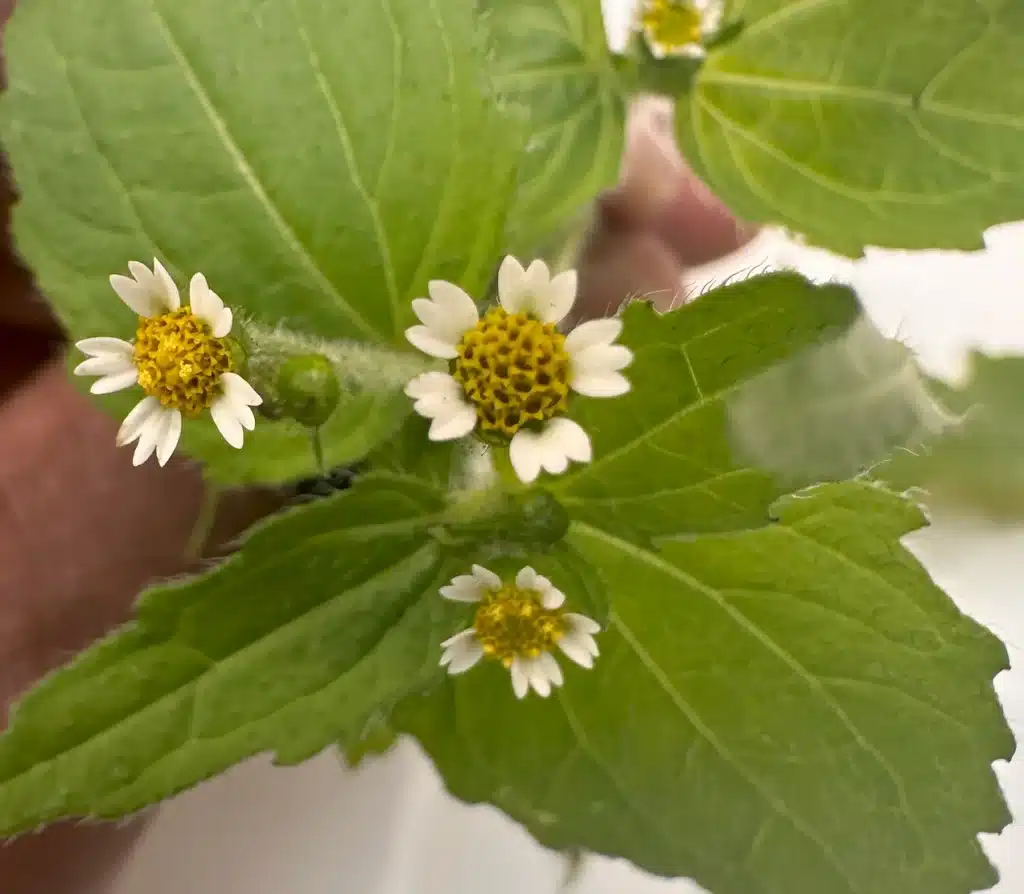
Roots
Galinsoga parviflora starts from a single taproot and soon grows smaller fibrous roots branching out from it. The taproot allows it to access moisture deep in the soil while the fibrous roots near the surface are great for absorbing nutrients.

Size
Quickweed is a small-sized herb, reaching about 30 inches tall, according to this Wikipedia page. However, their size is dependent on the availability of nutrients and moisture.
Those in my garden grow fast, but some along pathways remain short even at maturity. This could indicate unfavorable growing conditions, which could mean insufficient nutrients for the plant.
Seeds and Dispersal
A single galinsoga weed can produce over 7000 seeds, meaning their dispersal can lead to serious invasions in your garden.
Some sources, such as the Rutgers University Cooperative Extension note that seeds can stay in the soil for up to 4 years even though many of them may not survive past the first year if they don’t germinate.
Dispersal is mainly by wind and farm agents, such as equipment and human activity. Some tilling practices, such as moldboard plowing, burry seeds deep in the soil and can help in controlling hairy galinsoga weeds. More on this later.
Galinsoga produces seeds rapidly, resulting in several generations per year. The seeds have little to no dormancy and will quickly germinate when exposed to light and warm temperatures above 55°F. This is why the weed becomes prevalent in gardens between spring and the onset of fall when temperatures are favorable.
How to get rid of quickweed
Galinsoga seeds germinate readily and rapidly when exposed to light. Therefore, control practices should aim at preventing seed production and dispersal.
I try to reduce the number of successful generations as much as possible to rid my gardens of galinsoga for good. In addition, I recommend a multifaceted approach to control this prolific seed producer.
Below, I’ve discussed the various quickweed control measures that work for me:
Cultural Control
The first line of defense is to prevent quickweed from establishing itself in the first place. Maintain healthy soil and vigorous garden plants that outcompete weeds.
For example, if the weed is stubborn in your lawn, grow and maintain a thick lawn to block sunlight, discouraging germination. Mow high (3-4 inches) to shade the soil surface.
In gardens, spread mulch 3-4 inches thick to block light and suppress germination.
It also helps to clean garden tools after working in infested areas of your yard to prevent spread.
Manual removal
Hand-pull quickweed seedlings when populations are low. You want to inspect your garden right from spring when the soil begins to warm up.
- Weed as soon as you spot quickweed in the garden to prevent the weed from going to seed.
- Remove flowering plants immediately and dispose of them offsite. Do not throw galinsoga flowerheads onto your compost pile, which helps the weed spread.
- Frequent mowing or string trimming can help prevent flowering and seed production.
Smothering
For heavily infested areas, smother quickweed using tarps or mulch to block light and stop germination. A black tarp or landscape fabric works well.
Remove the tarp after 2-3 weeks, and cultivate or flame weed (if applicable) the emerged seedlings before they set new seedheads. Repeat this process until the seed bank is depleted.
Repeated smothering is effective at controlling a quickweed patch in 2-3 years. With every subsequent season, the population of Galinsoga parviflora will continue to decrease so long as you don’t let the weed go to seed.
CAUTION: Exercise extreme care when flame-weeding with propane-fueled devices around desirable plants to prevent damaging their foliage.
Rototilling
In a garden that’s heavily infested with quickweed, I recommend rototilling. Rototill infested garden beds thoroughly after each crop to bury quickweed seeds deep in the soil where they cannot emerge.
Remember when I said burying the seeds deep in the soil prevents most of them from germinating? It turns out that it is a great way of controlling galinsoga populations.
Delay planting for 2-3 weeks then shallowly cultivate to kill newly germinated weeds. In lawns, core aerate and overseed to improve grass density.
Chemical control
As a last resort, use broadleaf post-emergent herbicides such as those containing 2,4-D or glyphosate to control the weeds.
I do not use herbicides in my garden, but the University of Florida IFAS Extension recommends “herbicides labeled for use in nurseries and landscapes…such as glufosinate (Finale), diquat (Reward), or pelargonic acid (Scythe)” for controlling gallant soldier.
My advice is always to follow label directions carefully.
For large infestations, consider replanting with new weed-free topsoil. Maintain good sanitation practices to prevent re-infestation.
Uses and benefits
While considered a troublesome weed in many parts of the world, galinsoga has some beneficial uses that have made it a useful herb in certain cultures.
Here are some of its uses:
Culinary uses
In South and Central America, where it is called guascas, the young leaves and shoots of galinsoga are eaten raw in salads or cooked as a pot herb. It also flavors a local Colombian dish called ajiaco.
Both the leaves and stems are tender and described as having a flavor reminiscent of artichoke.
Medicinal benefits
Traditional medicine systems utilize galinsoga for a number of purported health benefits.
I found this research article that shows that “G. parviflora herb extract has potential antioxidant, anti-inflammatory and hyaluronidase-inhibiting compound.” The paper also lists the anti-inflammatory, analgesic, antioxidant, and anti-malarial uses of quickweed. Check it out for finer details.
I hope you found this article useful and educative. If you have questions, comment below or email me at alex@gardenine.com.


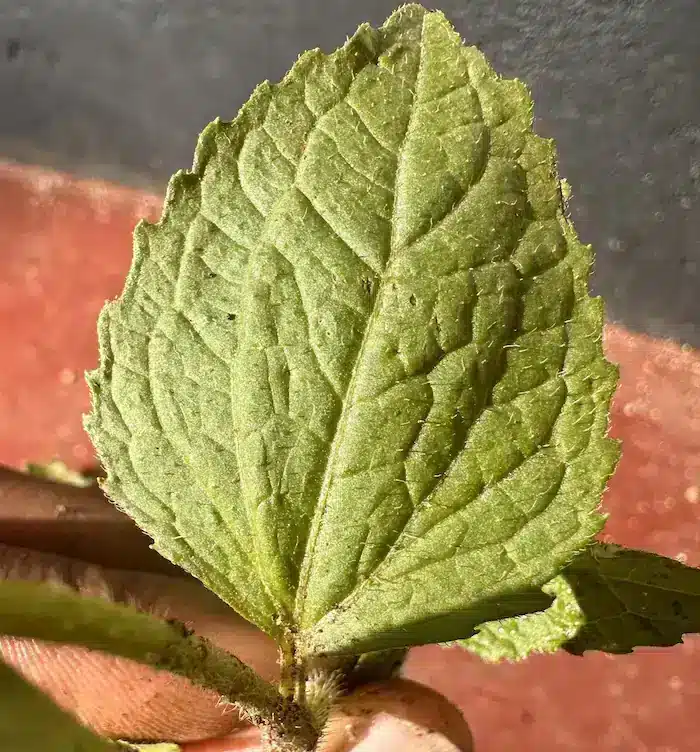
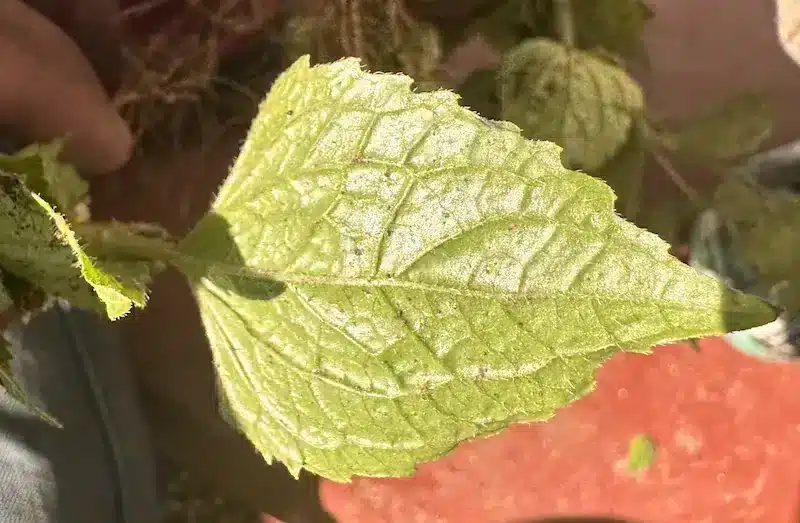


![How to Get Rid of Creeping Charlie with Borax [Picture Results]](https://gardenine.com/wp-content/uploads/2020/05/How-to-Kill-Creeping-Charlie-using-Borax.jpg)